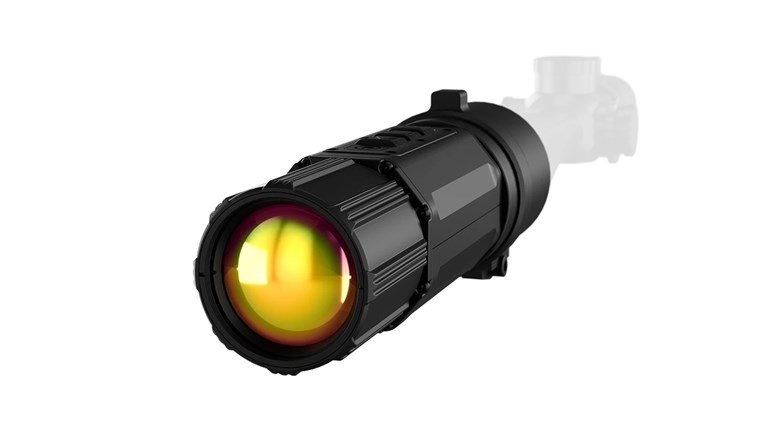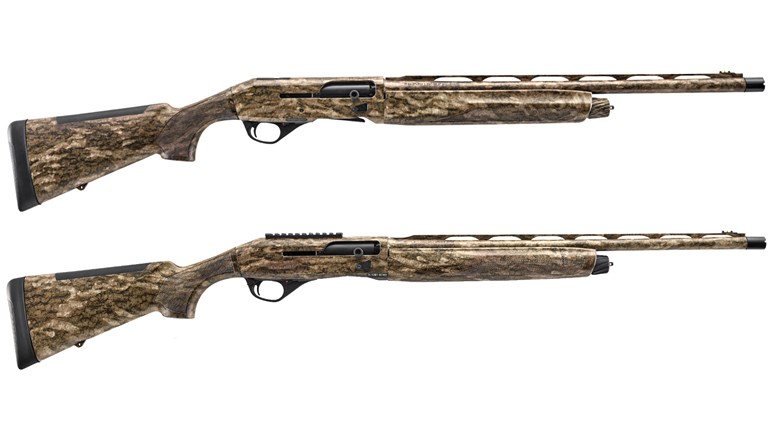
The fact is that a good portion of every day is shrouded in darkness, and that is a factor in our self-defense planning and preparation. If we find ourselves dealing with low-light or no-light self-defense problems, then having an artificial light source may be tremendously helpful. The question is, what kind of artificial light source do we need? Let’s examine the self-defense problems we are trying to solve and develop some answers for what kind of light for the armed self-defender when they are out and about in public spaces.
Low-Light/No-Light?
It’s dark for a considerable portion of each day, and a good portion of criminal assaults happen at nighttime. I’ve heard many people call these “low-light/no-light situations.” First off, are there really “no-light” self-defense situations in public? While outside our homes, how often do we find ourselves in total darkness? For those in rural and exurban areas it probably happens, but those specific no-light public environments seem to suffer relatively little crime. The reason is obvious when you consider it: Bad guys need enough light to see you and assess you as a target, and enough light to carry out their plans. So “no-light self-defense” situations are incredibly rare. To paraphrase a saying by my Shooting Illustrated colleague Tamara Keel, it is extremely unlikely a private citizen will be attacked by ninjas in total darkness.

Conversely, low-light situations are common. I prefer to call these situations “lower-light,” because most nighttime criminal activity takes place in environments where it is darker than the noonday sun, but there is still plenty of light to see what is happening. The next time you are on your way somewhere at night and making stops, pay attention to the lighting conditions. Most criminal assaults take place in “transitional spaces,” or environments where people are transitioning from one environment to another. The most common example is parking lots where people are exiting their cars, traversing the lot, and entering a building, or vice versa. Whether gas stations, grocery stores, shopping malls, movie theaters, or hotels, these spaces form the human watering holes where human predators loiter and watch for potential targets. Most of these spaces in most of America are “islands” of light, where we can see what is going on around us quite clearly. If a transitional space such as a parking lot is so dark that you cannot see anyone without artificial light, they also can’t see you, unless we’ve arrived at common criminals wearing night-vision goggles, which I’ve yet to hear about.
Benefits of Lights
The first and most obvious answer is that it helps to see better, giving you more information with which to make decisions. Specifically, a light can help you positively identify important cues. First, who is the person approaching you? What is that object in their hand? A light can help us tell the difference between a lethal weapon and something harmless in a stranger’s hand and prevent us from making a life-changing mistake.
Lights can also act as a scalable deterrent. If a criminal is approaching you at night, assessing you as a potential target, he or she is reading your behavior for cues as to whether they should proceed or not. If you pull out a light and use it appropriately it may convince them that you are not acting like their ideal, compliant victim, and they are better off aborting their plans. A smart initial move, if there is time, might be to shine your handheld light at the ground between the two of you, or at their feet first. Most reasonable, benign people will stop at that point, and if they do not, they’ve just given you a clue that their intentions might not be harmless. At that point, if they continue approaching, feel free to shine your light directly in their face, which provides the next benefit, a photonic barrier. Photonic barrier is a fancy word for a simple concept: Using light to make it so that you can see them, but they cannot see you. This allows you to gather information while simultaneously disorienting them and preventing them from seeing you clearly.
Handheld? Or Weapon-Mounted Light?
So now we come to the ultimate question: What kind of light do I need? Do I need a weapon-mounted light (WML) or should I get a handheld? Legendary economist Thomas Sowell once said, “There are no solutions. There are only trade-offs,” and light choices are no different. Handheld lights benefit from being common, innocuous and can be carried anywhere, including places where you might not be able to take any other self-defense tool. As we’ve already mentioned, handheld lights can be used as a low-risk deterrent. The downside of handheld lights is that the various techniques for shooting while holding the handheld light, though not terribly difficult, still take time, practice and effort.
Now let’s look at the trade-offs of a WML on your carry gun. The upside is simple: If you are shooting at a target that requires illumination while you are shooting it, rather than to confirm the presence of a weapon and lethal intent before shooting, a WML mounted to you gun allows you to just shoot the gun as you normally do without any additional techniques once the light is on. That’s the main advantage.

The biggest negative trade-off of WMLs is that poorly trained or untrained people tend to use their WML to search low-light areas and for positive identification of threats. As private citizens, we shouldn’t be using WMLs to search unknown spaces or to positively identify potential threats, because our muzzle follows the light, and we cannot legally or ethically be pointing our handgun at anything we haven’t already decided to shoot. For the private citizen, searching dimly lit spaces and positively identifying potential threats is the work of a handheld light only.
Practically, the best WMLs tend to be large, and even the compact versions add size to the gun. This can negatively affect comfort and concealment for many people. I am fortunate to have a large frame and can comfortably conceal a full-size pistol with a full-size WML. Many people are not so lucky. If you can effectively conceal a handgun with a WML, comfortably, and have trained and practiced enough to search with a handheld and transition to the WML only when it’s time to shoot, then I applaud you and wish you luck. However, if you are a smaller person or your professional attire makes it hard to conceal the additional mass of a WML, the juice may not be worth the squeeze, as they say.
A final, but not inconsequential negative trade-off with WMLs is that some handgun/WML combinations can radically limit holster options. If you carry a common pistol like a Glock or SIG and mount a common WML, it will be a simple matter to find a good holster. However, if you have a Unicorn Blaster with a WML from a company that just came onto the market, it may be impossible to find a quality holster, and you may find yourself waiting a long while for a custom holster (that may also be expensive).
What to Look For
In case you haven’t figured it out by now, my recommendation is that for concealed carry you need a good handheld light, and a WML is optional for carry if you can effectively conceal it comfortably, and have trained to use it safely and effectively. So what do we look for? The terms you need to know are lumens, candela, throw, spill, and flood. Generally speaking, lumens refer to the total amount of light emitted by the flashlight. Candela is effectively the intensity of the focused beam. My handheld, which is an excellent but expensive light, puts out 1,400 lumens and 30,000 candela. My preferred handgun WML, which is also excellent but expensive, is 1,350 lumens and 54,000 candela. Fortunately, there are many reputable companies that make both handhelds and WMLs at 1,000 lumens and 20,000 candela, which is plenty for any reasonable private citizen defense application. For everyday use, I recommend a light that balances throw and flood. Throw is how far the light shines, while spill is the peripheral illumination around the focused beam. Flood lights have a broad beam for wide illumination. Your smartphone's light is an extreme example, as it has no throw and thus doesn’t illuminate very far out. Many quality lights are designed to balance throw and flood for EDC use.
A note here about the popular micro-WMLs that are very small and add little size to the gun: They aren’t necessarily better than nothing. Many of these popular micro-WMLs have seemingly impressive lumen ratings, but very low candela ratings. This typically translates into a light with broad flood but exceedingly poor throw, meaning the light doesn’t go far. Indoors, this means that if you’re standing in a room trying to illuminate the other end of the hallway, the broad flood just illuminates the room you are in, making it harder to see what you’re trying to see. Likewise, if you’re in lower-light areas, these micro-WMLs with low-candela don’t have the focused power to push through other light sources and just get drowned out and are basically invisible.
Conclusion
Ultimately, every self-defense conscious citizen should carry a quality handheld light with high lumen and candela output, that can be useful for daily tasks as well as for self-defense applications. If an armed citizen is able to effectively and comfortably conceal a quality WML on their carry gun and has a handheld for illumination tasks before deciding to draw and shoot, then it can prove to be a benefit under certain circumstances. So, get a quality handheld light, and whether you opt for a WML or not, look for an opportunity to take a low-light training class from a reputable instructor, to learn best practices and test your equipment. After all, it’s dark a good portion of the time.





































